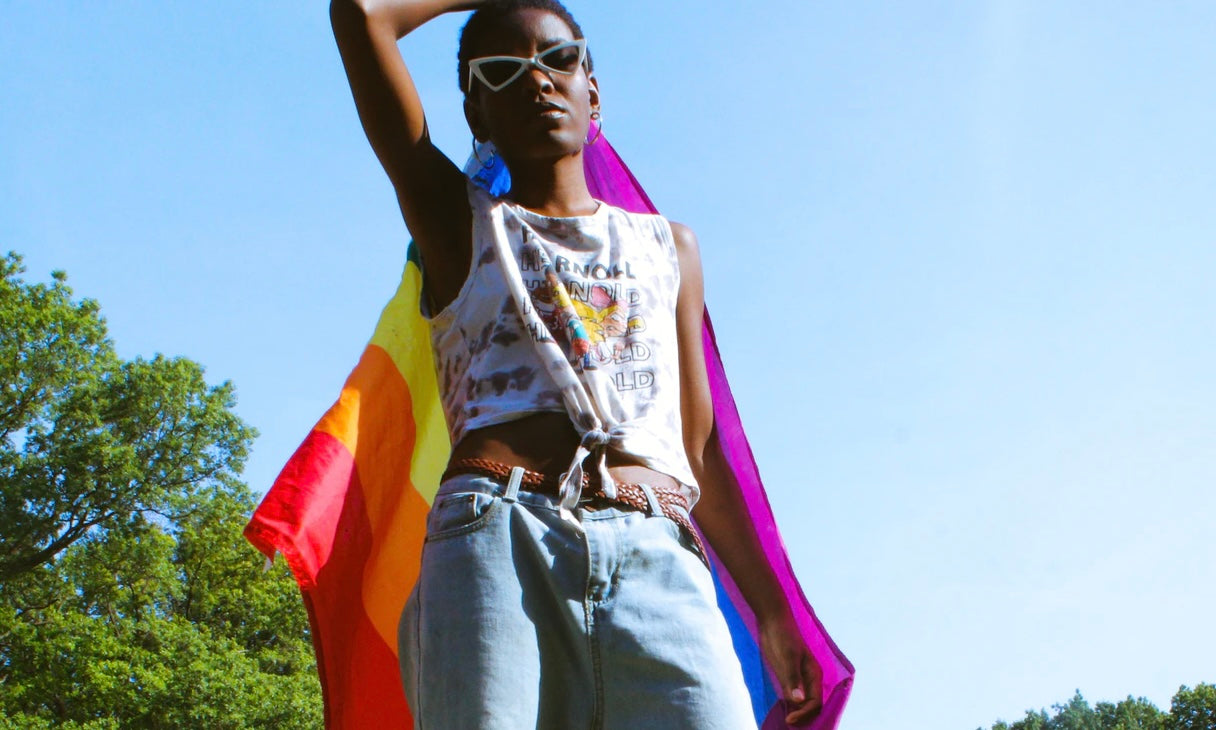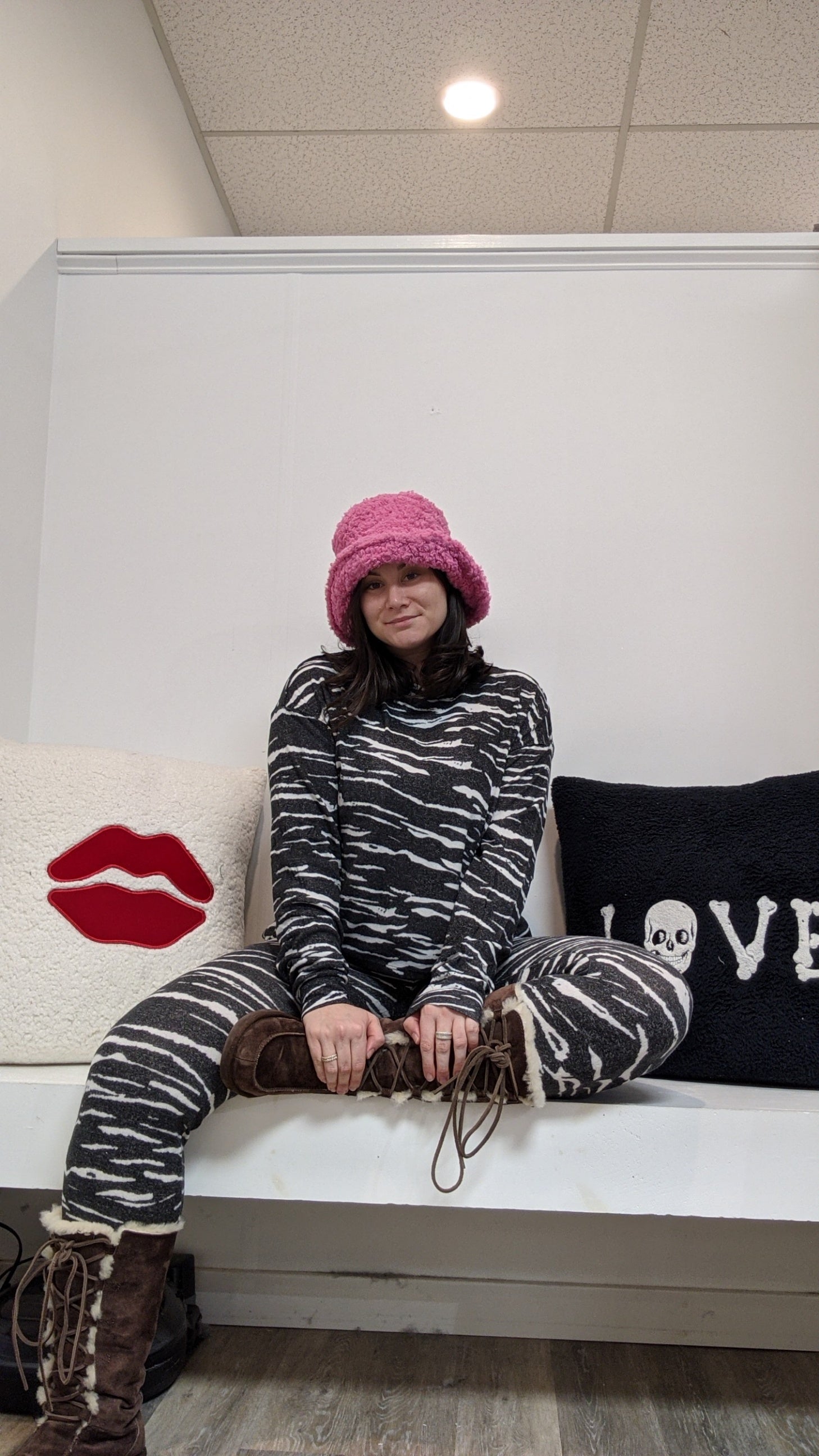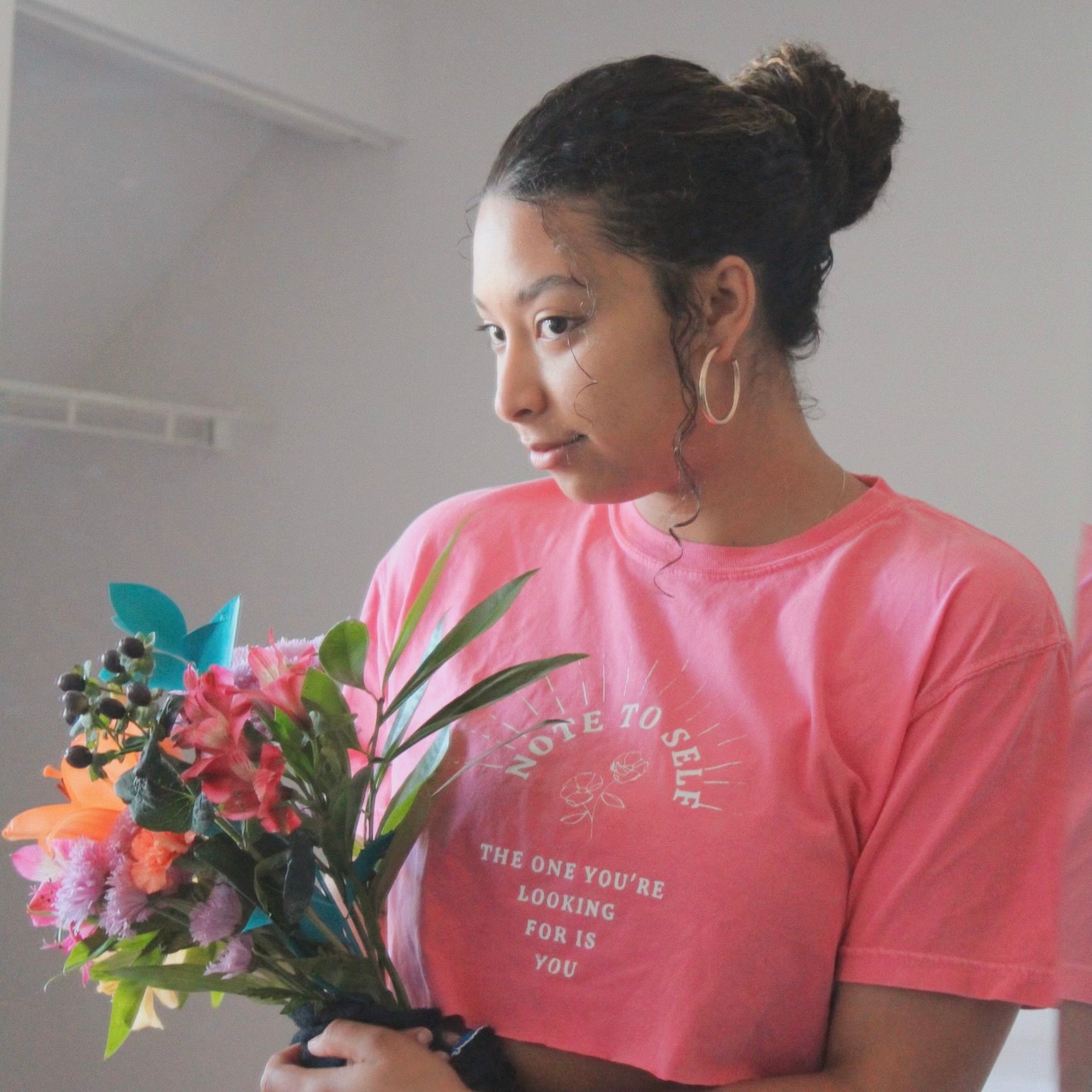
Pride Month and Fashion Influence. #loveislove
Celebrating all people for each of our individual differences, preferences, and personalities is the core necessity for achieving a more loving and accepting society. Although we still have a long ways to go, Pride month is a beautiful stride in our society’s growth in doing so. Throughout history, clothing and style have served as a means of expression, rebellion, and self-identity. For members of LGBTQ communities, clothing has been a means of defining and differentiating oneself while simultaneously creating a deep sense of unity amongst those with similar beliefs. Fashion has allowed an outward outlet for those identifying as LGBTQ to celebrate themselves and one another, even in times when society was much less accepting than it is today. Consequently, it’s no surprise that some of today’s most beloved fashion trends were born out of the creative and unapologetic individuals within the LGBTQ community.
That being said, as we enter into Pride month it’s important for those who do not identify as LGBTQ to be informed about the influence the LGBTQ community has had on the trends we see dominating retail today. By diving into the history of these trends and critically thinking about each one, we can better appreciate them and avoid exploiting them. Again, many of what we see as “trends” nowadays were once forms of rebellious self expression from a suppressed community against a society that marginalized them. Therefore, it is with great respect and continual education that we can wear these trends and honor their historic roots. Here are some of the biggest trends we’re currently loving that either originated within or were greatly influenced by the LGBTQ community:
- Androgynous Dressing
Androgynous dressing, a popular trend often seen on today’s runways, was originally born during a time period when women were finally no longer being forced into the role of housewife and began taking on more traditionally “male” jobs. In order to adjust to their new day-to-day, these women began swapping their more feminine pieces for more practical ones. This initial transition then translated further to queer women who felt more themselves in these less feminine clothes to fully embrace androgynous dressing for their everyday style. Nowadays, androgynous dressing is a part of mainstream fashion and is seen on the likes of many celebrities, most notably Janelle Monae and Billie Eilish.
- Flamboyance
Just as women began embracing traditionally stereotyped “men’s fashion” men began to pronounce their less socially accepted feminine sides with more fitted, figure-flattering clothing styles. This then lead to even more exaggerated styles with shorter shorts and tight unbuttoned tops. From there, homosexual men fully embraced their femininity through amplifying the idealized feminine image, most of which we seen in today’s modern drag. Modern drag introduced this over-the-top flamboyant way of dressing that is still prevalent in today’s fashion trends. That campy look has now become synonymous with fashion, even serving as the theme for the Met Gala in 2019. We see this trend of over-the-top flamboyance on tons of celebrities regardless of sexual preference like Lady Gaga, Lil Nas X, Rihanna, and Harry Styles.
- Punk
Punk style was the anti-fashion for those of the LGBTQ to voice their defiance to societal norms. Exhausted from trying to fit in with a society that wouldn’t allow them to just be themselves, for LGBTQ people “punk” became an outward expression of rebellion. It disrupted the traditional fashion world, beginning a trend that we still see today. Punk as a “trend” resurged in the 2000s through the likes of popular artists and bands like Avril Lavigne and Good Charlotte, and is now being brought to the forefront of fashion yet again with young popular TikTokers embracing this trend, such as Lil Huddy and Nessa Barrett.
Understanding these seemingly mainstream trends allows us to be more educated consumers. It allows us as consumers to wear these trends with a newfound sense of appreciation for their history and the struggles and oppression faced by those who came before us. Furthermore, here is a list of articles featuring LBGBTQ owned brands and businesses to support, not just this month, but all year long.


